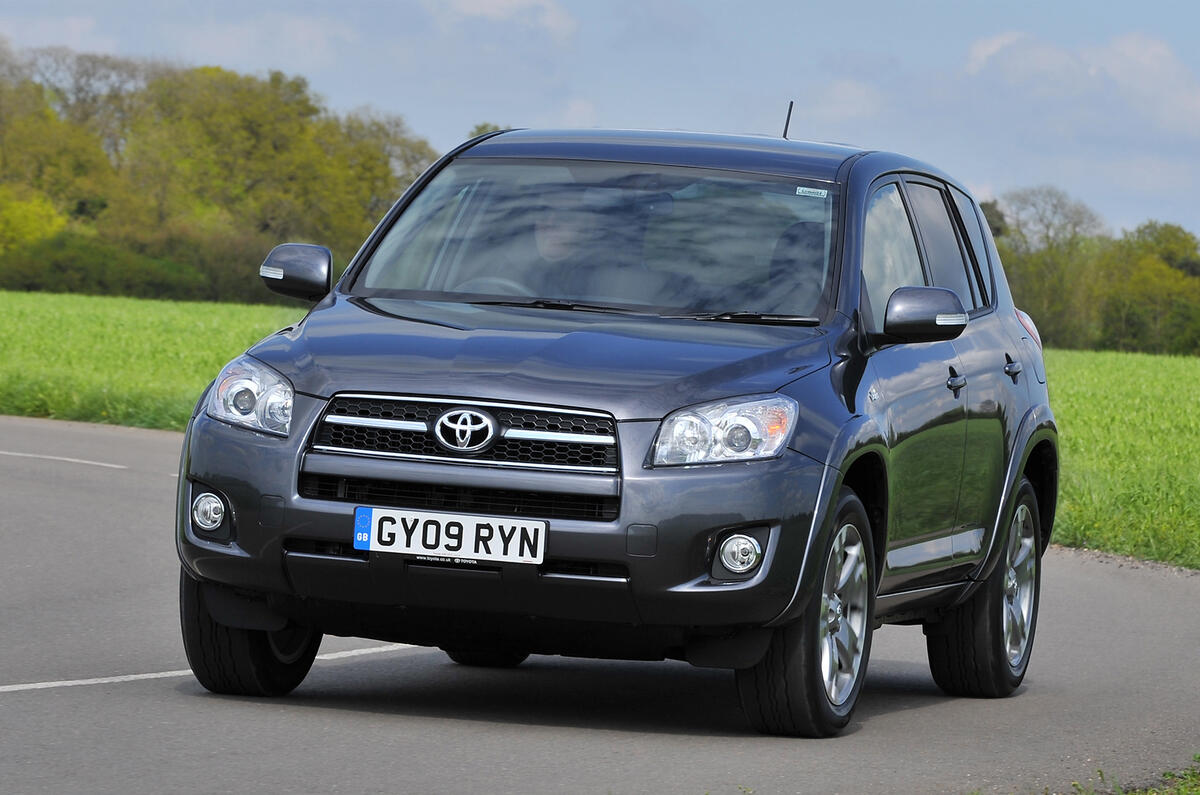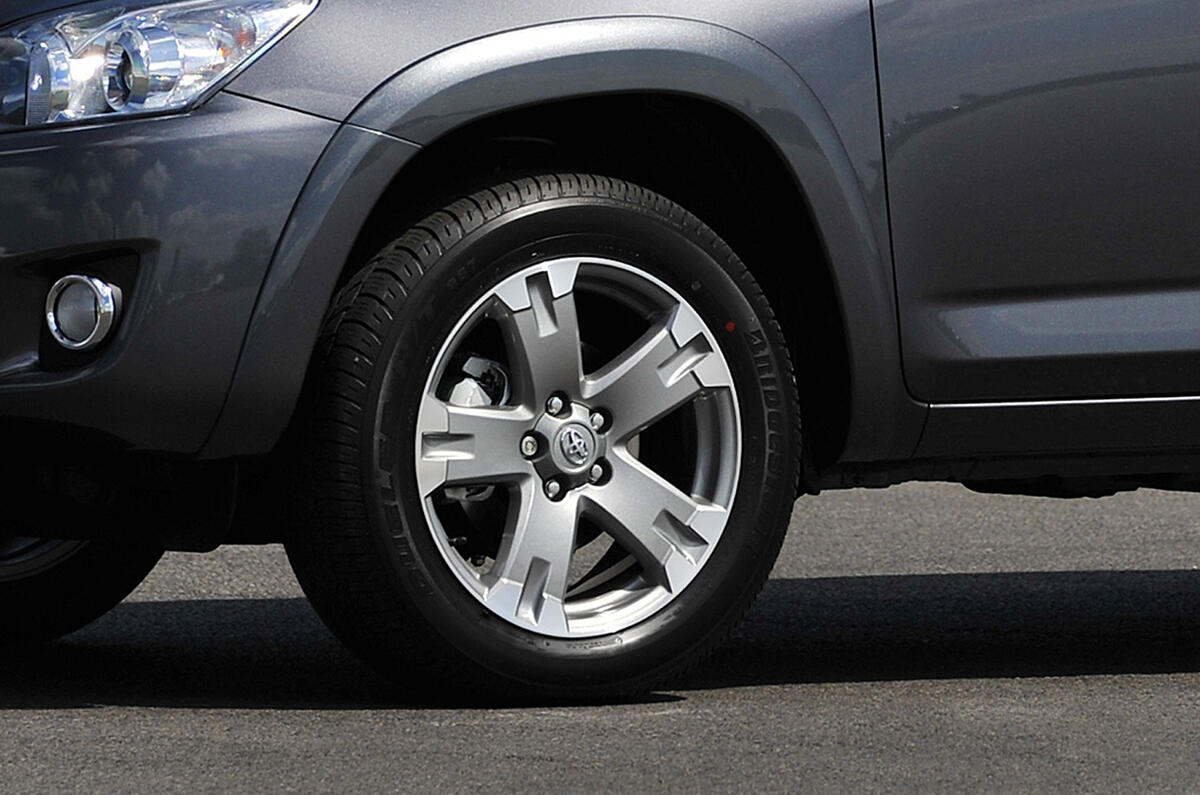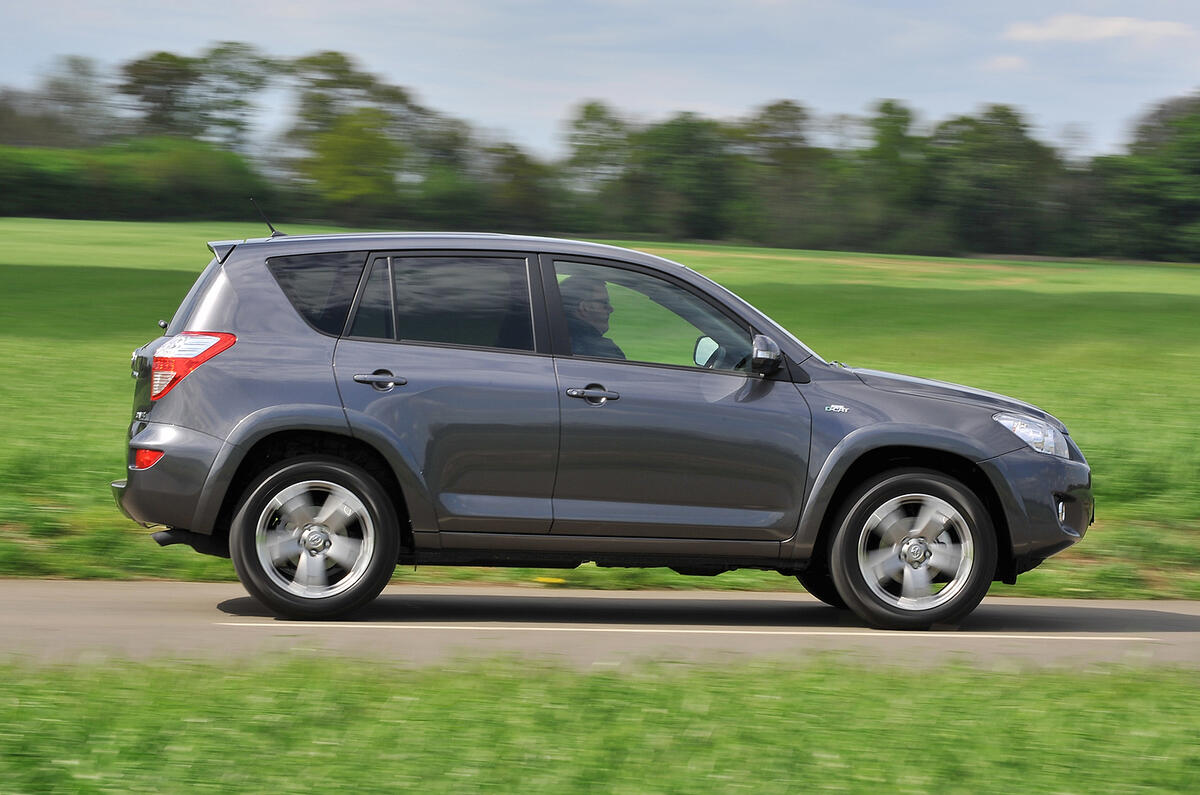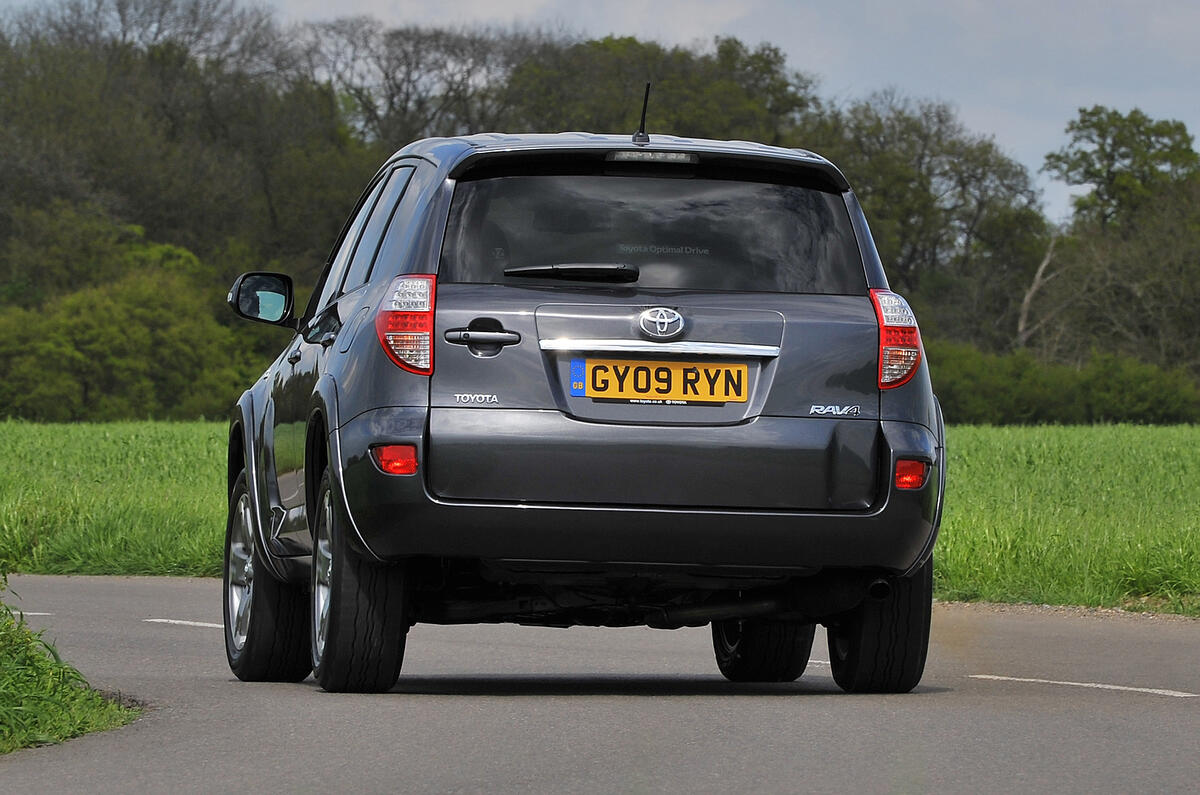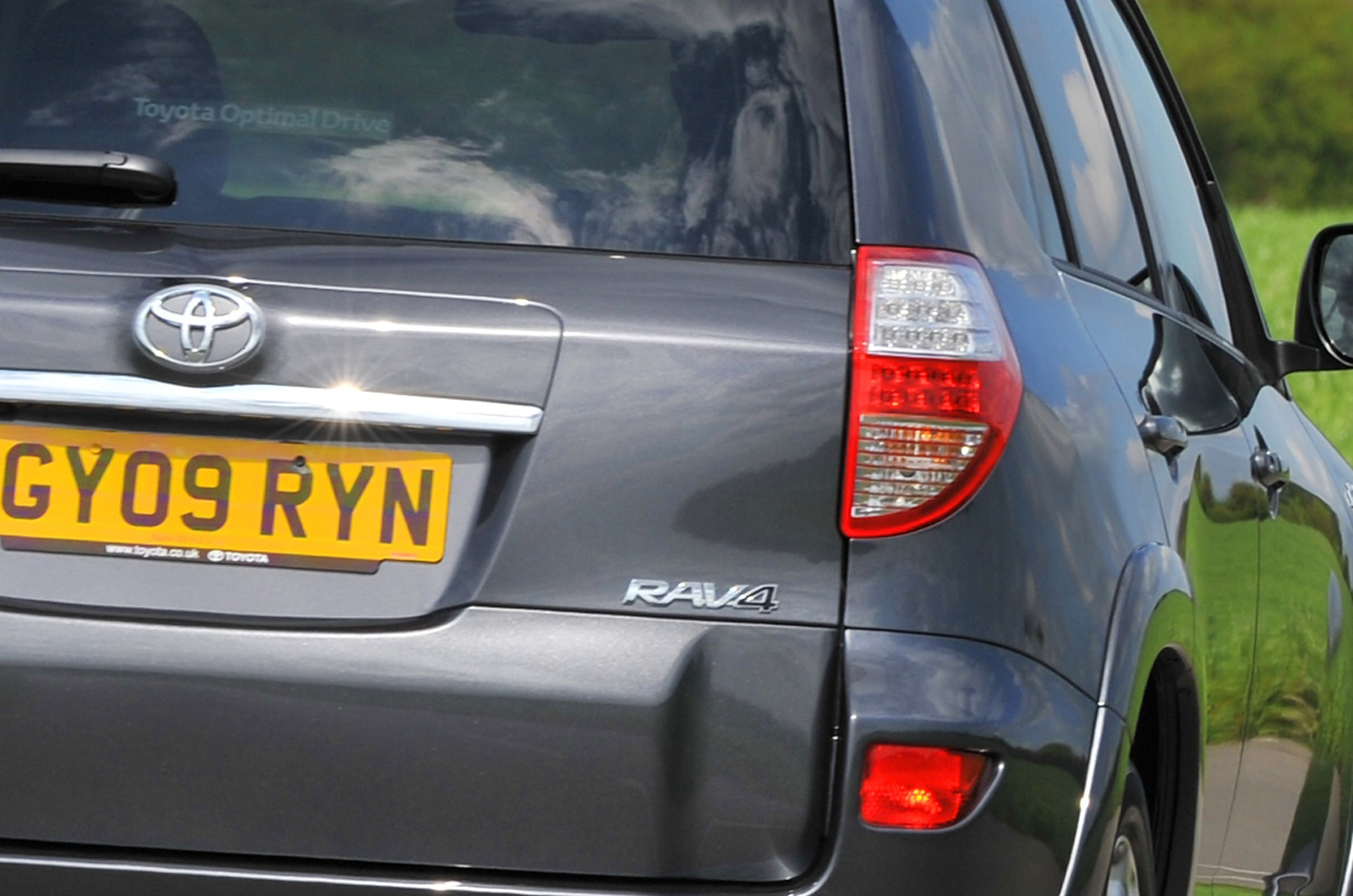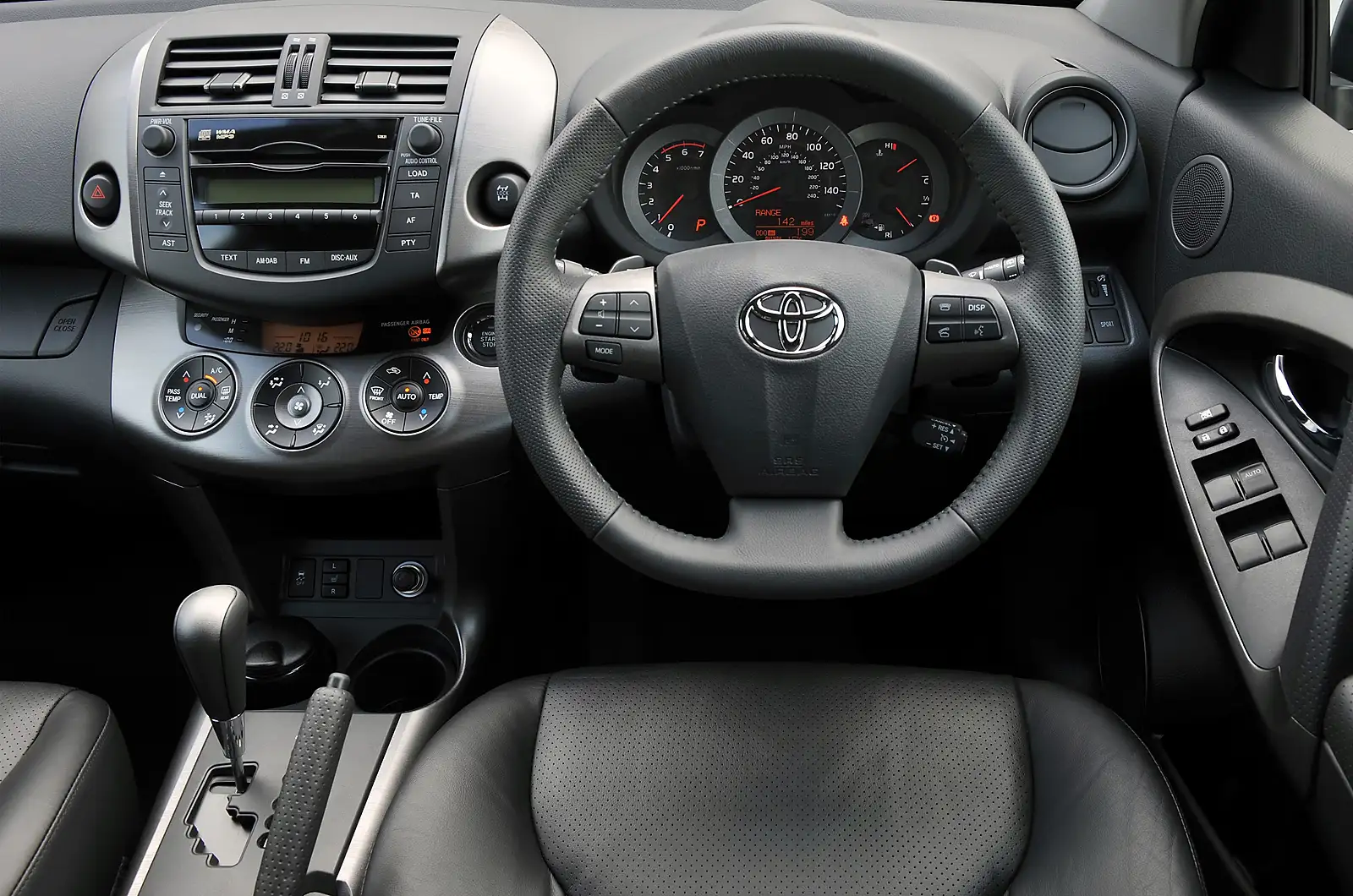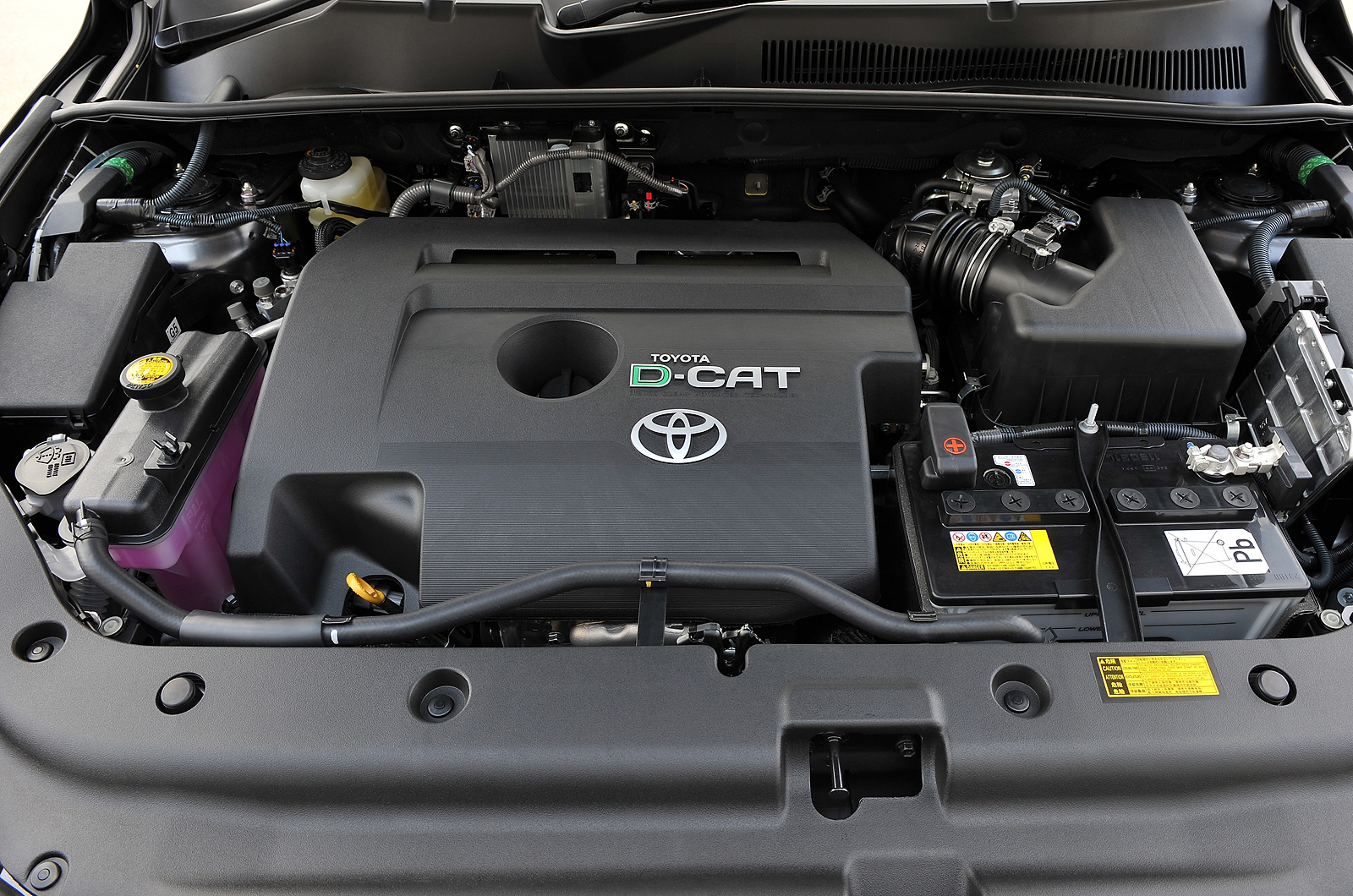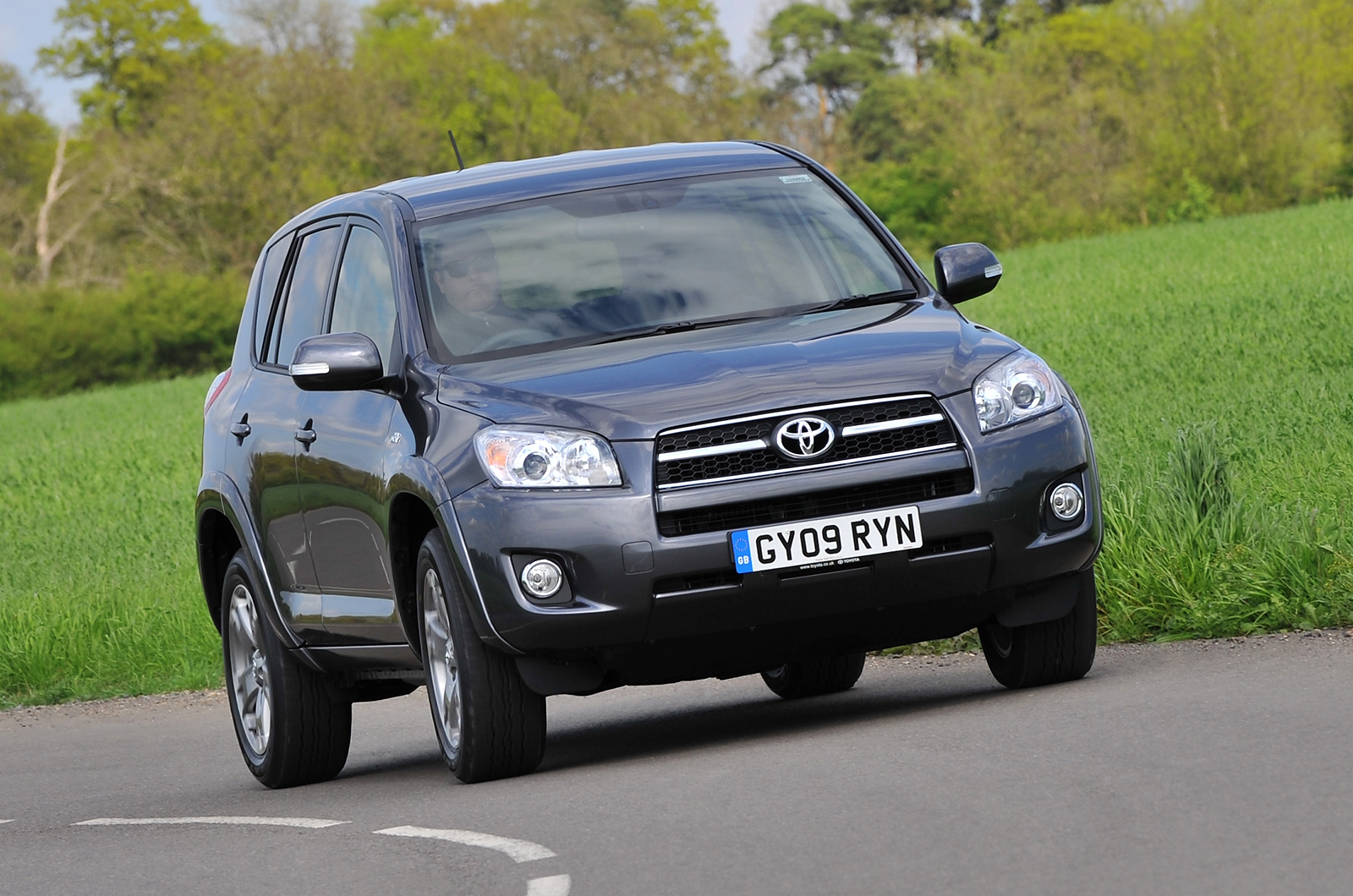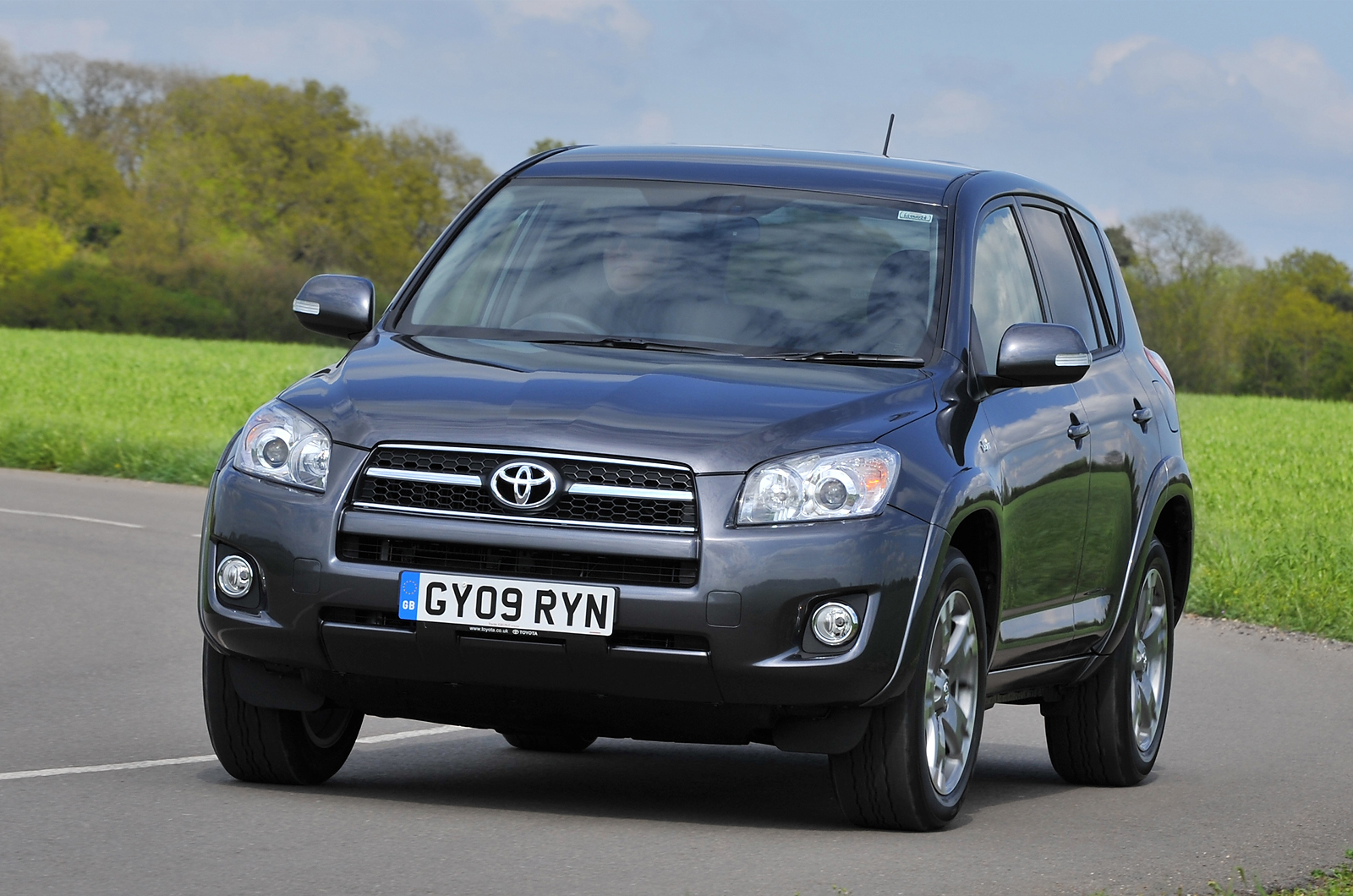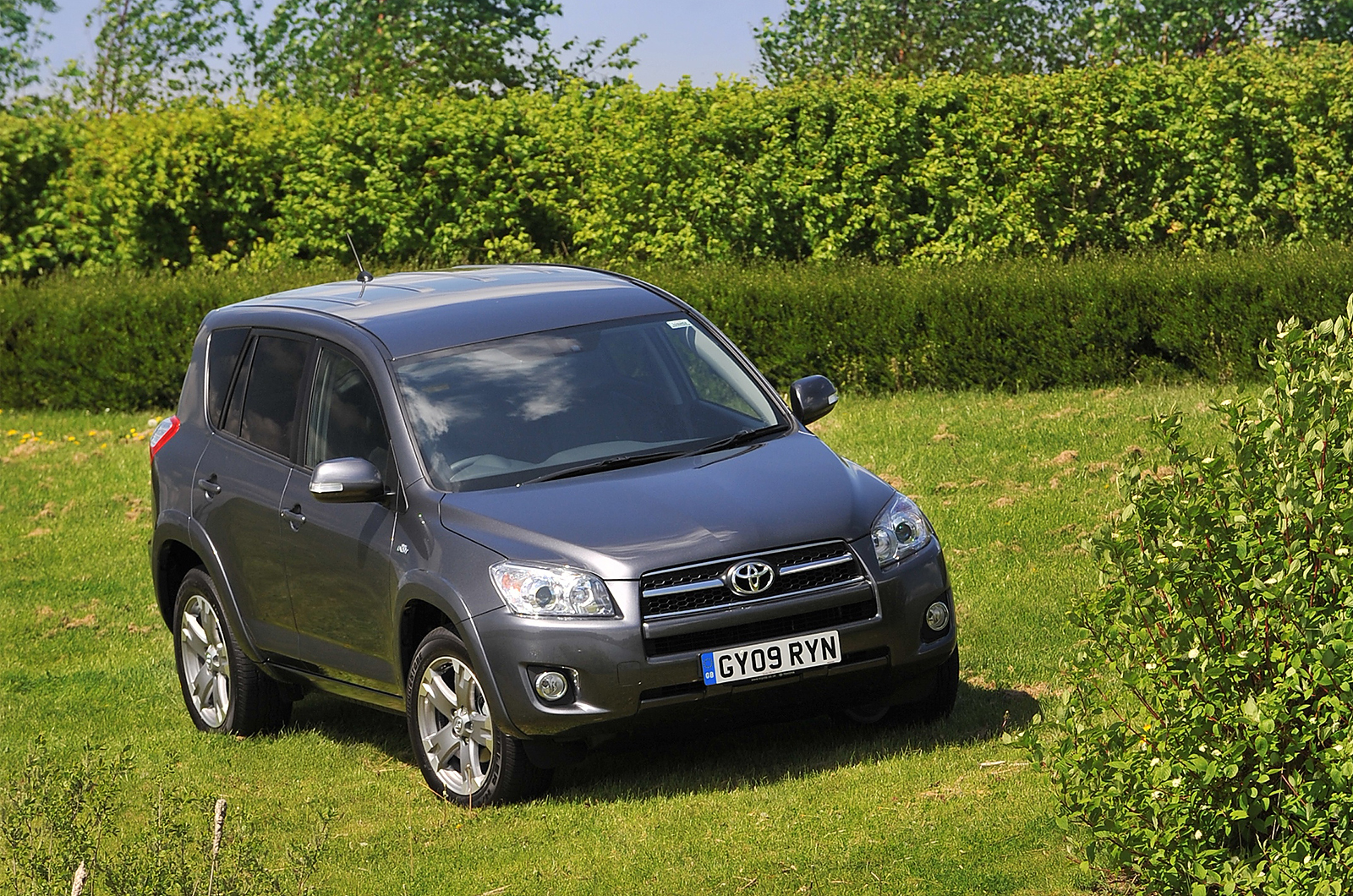Back in 1994, when Toyota launched the original RAV4, the market for style-led small off-roaders didn’t exist, but customers quickly warmed to the appeal of a car that offered ‘street-tough’ looks (to a point) mixed with hot-hatch driving characteristics (again, to a point).
The firm soon discovered it had a star on its hands, the market boomed and suddenly its competitors got in on the act and the opportunities to succeed got tougher. Keen to protect the very market it generated, Toyota launched the second generation RAV4 in 2000 to continued success and the latest example in 2006.
It’s a gentle evolution of this proven formula, and the biggest change is perhaps the absence of a three-door model – it only accounting for around 20 percent of sales in its final year. What the means is you get a practical, but still relatively compact, SUV with car-like driving dyanmics and Toyota’s famed quality and reliability levels.
There’s petrol, diesel, manual, automatic, four-wheel drive and two-wheel drive options as well as high levels of standard equipment. And like the rest of the Toyota range the RAV4 benefits from the firm’s five-year warranty.
It is however now six years old, and despite a couple of facelifts and new technology being added in the meantime, the RAV4 is beginning to show its age in face of more contemporary competition. Regardless though, as the car that kick-started the craze the RAV4 still has what it takes to appeal.


